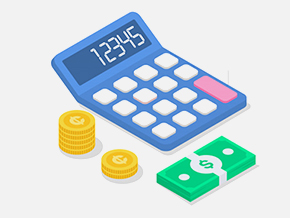-
- PCB TYPE
- PRINTED CIRCUIT BOARD PROTOTYPE ALUMINUM PRINTED CIRCUIT BOARD R&F PCB FPC HIGH FREQUENCY PCB HIGH-TG PCB HEAVY COPPER PCB HDI PCB PCB FOR LIGHTING METAL CORE PCB
time:May 18. 2021, 14:50:43
1 Introduction
The demand for high-speed digital circuits is increasing year by year, and the demand for reliable high-speed PCBs is also increasing year by year. Digital PCB circuits are compactly packed with microprocessors, power supplies and many other components, and their operating frequencies can easily exceed 1 GHz. These systems can manage billions of operations per second.
The performance of this setting depends on the work in the design phase to optimize any problems that may arise due to high-speed operation. Typical problems in high-speed PCB systems include impedance discontinuities, signal reflections, EMI and noise generation. This article focuses on such issues and techniques that should be avoided in the PCB design process.
High-speed PCB design
High-speed PCB design
2. Application of high-speed PCB
High-speed PCB is the core of computing devices such as computers and smart phones. These devices are inherently complex. Therefore, the PCB is expected to be robust and reliable. In the fields of communications, aerospace, and the Internet of Things, the application of high-speed circuits is growing. Considering the importance of the application, it is necessary to understand the precautions that must be followed when designing the circuit board layout of high-speed circuits. A typical high-speed system combines technologies such as HDMI, PCI Express, USB or SATA. With these technologies, designers will be able to cope with the limitations of high-speed design.
3. Design considerations
The following are the preferred techniques for designing high-speed PCBs to achieve high-speed operation in a low-power environment.
Clock selection and optimization
Minimize on-board noise in the power grid
Minimize crosstalk between signal traces
Reduce signal reflection
Optimize the system for EMI form environment and self-coupling
Correct impedance matching and line termination
Floor plan-package all components
4. Selection of plates
The choice of board material depends on the dielectric constant and loss tangent of the material. The loss tangent is the energy lost from the material when electromagnetic waves pass through the material. The higher the loss tangent value, the greater the energy loss. The dielectric constant of the material is
εr=ε/ε0
Where εr is the permittivity, εo is the permittivity of free space in (Farad / m), and ε is the permittivity of the material in (Farad / m). The εo value is approximately 8.85 x 10-12 farads per meter (F/m). The dielectric constant determines the impedance provided by the material, and signals can travel faster in materials with a lower dielectric constant. The typical dielectric material used in PCB design is FR4. Its dielectric constant is between 4.1 and 4.5, and the loss tangent value is 0.019 @ 1MHz.

Got project ready to assembly? Contact us: info@apollopcb.com



We're not around but we still want to hear from you! Leave us a note:

Leave Message to APOLLOPCB
